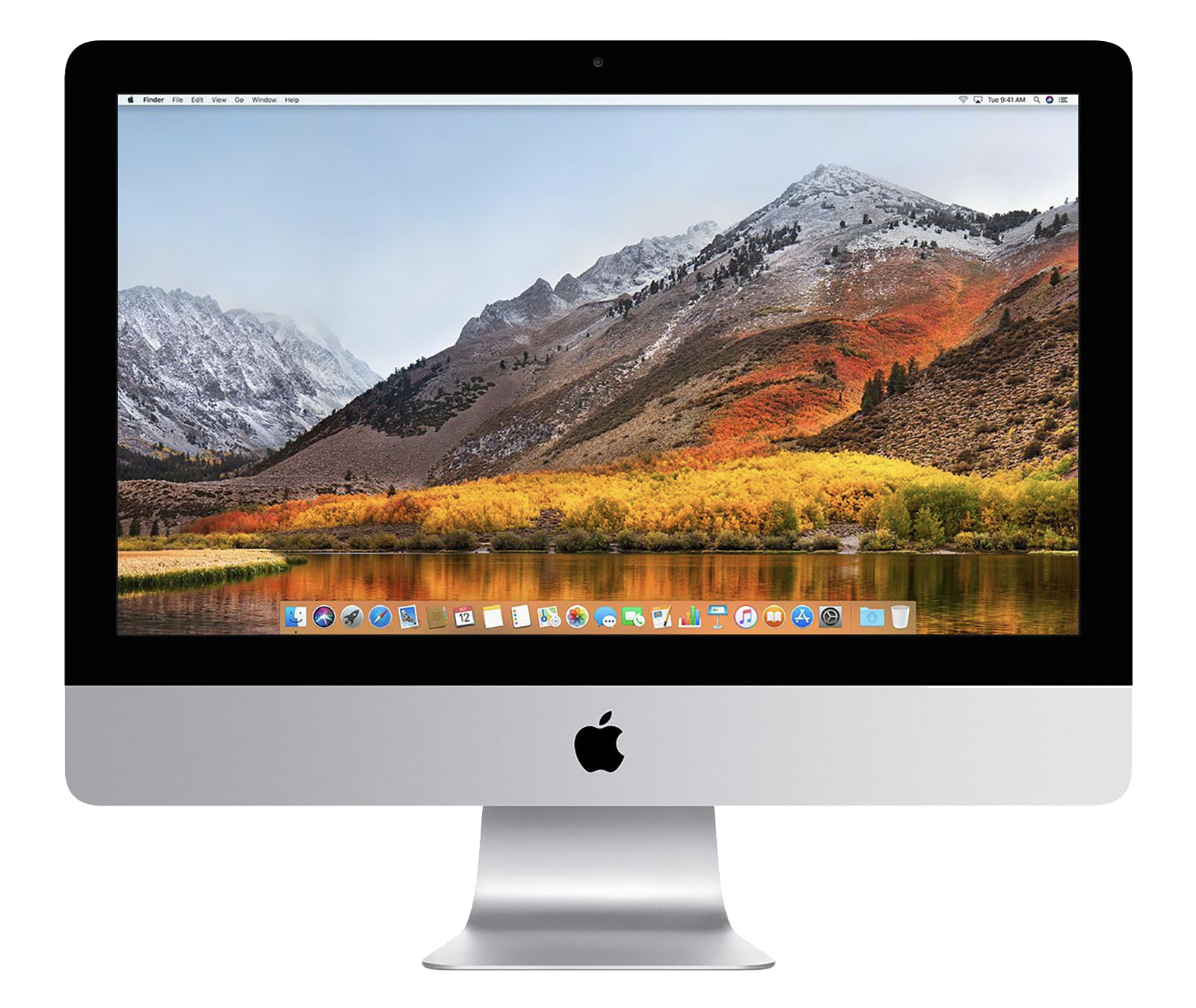

Safari has some other great keyboard shortcuts, too: ⌘+T opens a new tab, and ⌘+Z reopens the last tab you (possibly accidentally) closed.
MAC HOTKEY IMAC DISPLAY PRO
(You can also use it on Windows with the Control key.) The display on my MacBook Pro has recently died so I have been using the hdmi adapter to display the screen on my lg tv, which has been fine for a few day apart from the resolution not being ideal. This shortcut also works with Google Chrome. Press this shortcut while you’re using Safari, and the cursor will jump up to the search bar, where you can type out either a search term or an URL. ⌘+L: Reaching for your mouse to activate Safari’s search bar wastes a lot of time. Quickly access the search/address bar in Safari I find it’s particularly helpful if I’m working on a MacBook with a smaller screen where the split-view interface might feel too cramped. This shortcut lets you easily switch between the two (or more) documents. On the other hand, if you're viewing a window in full-screen mode, you can quickly exit using one of the following methods, and then. Let’s say you have two documents open from Apple’s Pages app: one with your notes and one with your draft. Use the keyboard command 'Command+M' to minimize the screen. ⌘+~:This one makes research a heck of a lot easier. IDG Switch between different windows in an app
MAC HOTKEY IMAC DISPLAY MAC
Honestly, I tend to just click on apps from the dock, but many Mac users love this feature. It’s also a quick way to find and open apps you don’t keep on your dock.
MAC HOTKEY IMAC DISPLAY FULL
Spotlight will also search through things like iMessages, bookmarks, and the full text of files on your hard drive. Whenever you want to find a file on your Mac, just tap this shortcut and type the name of the file you’d like the find in the prompt that pops up. ⌘+Space bar: This is probably the most useful shortcut of all. If these shortcuts get you hooked, you can even make your own for everything from the system to specific apps by going to System Preferences > Keyboard > Shortcuts and then choosing one of the options on the left. We’re not talking about super common shortcuts with related Windows counterparts-such as ⌘+A to select all, ⌘+C to copy, or ⌘+F open the Find prompt-but rather the ones that you may not be familiar with if you’re new to Mac. In the following examples, an example like “⌘+A” typically means you need to hold down the Command button and press A or press both at the same time. It works kind of like the Control key on a Windows PC, except it’s in a handier spot-typically on both sides of the space bar. That’s the Command key, and it’s the key to all the shortcuts listed here. Whether you’re using Mojave or Big Sur, MacOS has many shortcuts, but there are a few that everyone should know. Thanks to Apple’s integration of hardware and software, you’ll rarely have to reach for your mouse or trackpad once you learn to speak the language of the keys. If you’re not using keyboard shortcuts on your Mac, you’re missing out on a big part of the reason why so many people love Apple’s desktop operating system.


 0 kommentar(er)
0 kommentar(er)
